-
Subscribe
Thanks for stopping by The Colorful Bee! Stay in touch and never miss a post. Subscribe to receive an e-mail when a new post is up, HERE.Sponsor
If you're interesting in advertising on The Colorful Bee, click here to learn more.Contact
You can also email me at Linda.Leyble@gmail.com Categories
Subscribe
Popular posts
-
Recent Posts
Blogroll
Links
Author Archives: Linda
Learning to Take Better Blog Pics: New Shots from a New Lens
I am far from taking the best blog pictures in the world, but I had to post this. I just got (thank you very much Universe…and my daughters, Krista and Jessica – and my husband, Richard) for giving me a great extra lens for my camera. It’s a Nikkor 50mm f/1.4 lens and I have only used it for a day – but I LOVE IT!!! I have to learn more about using it – but I find myself just pulling it out and taking pics of my home – and seeing what happens! I’m experimenting – before really knowing how to use it. My usual way of going about things anyway.
I love the blurred background!!! So excited about that! I have always wanted to learn how to do that better – it can happen with the lens you get with a DSLR but it happens so much easier with this lens. Yippee!
So, I found out that I have to be a bit of a distance away from my subject (or else it blurs the foreground too much). So I have to stand about a foot and a half away from the subject.
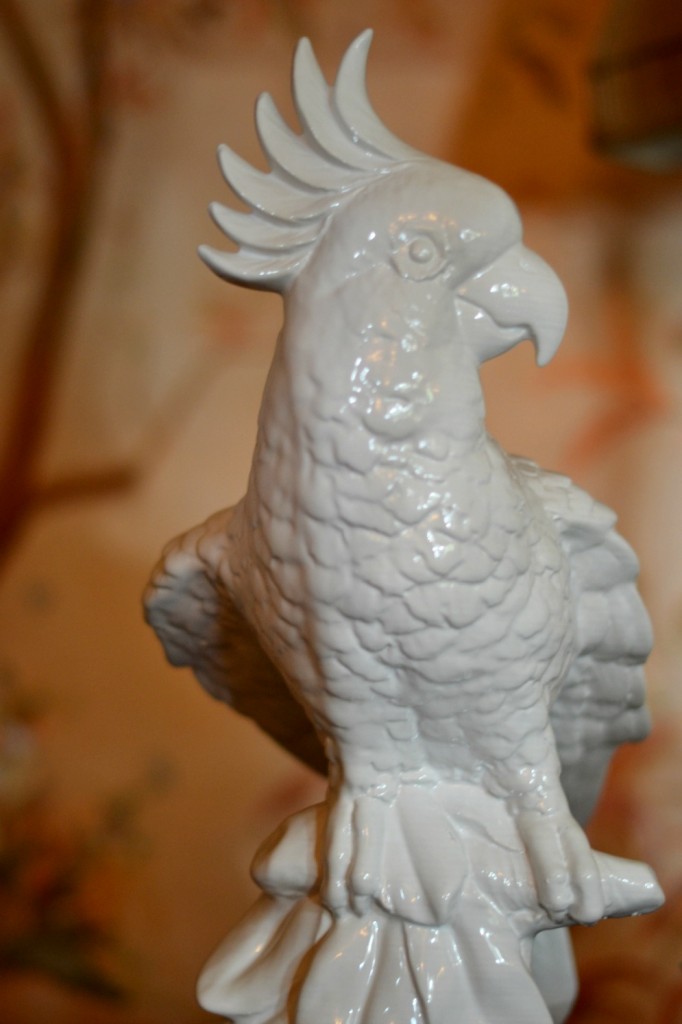 I used to have to (or should I say try to) make all of my shots very picture perfect – but with the blurred background I can take more “normal shots.” It’s what my house is like all the time anyway – the background may be messy…but now no one can tell!! Ok, this is temporary! I will have to start cleaning up every single room in my house – instead of just the ones I am photographing at the time. But this lens gives me a little breathing room!
I used to have to (or should I say try to) make all of my shots very picture perfect – but with the blurred background I can take more “normal shots.” It’s what my house is like all the time anyway – the background may be messy…but now no one can tell!! Ok, this is temporary! I will have to start cleaning up every single room in my house – instead of just the ones I am photographing at the time. But this lens gives me a little breathing room!
By going too close to a subject, I also got some shots that I didn’t expect. This photo below of my Swedish clock face, which I was way too close to, gave me an unusual image of the reflected ceiling fixture in my entryway!
Here are some other random shots I took of my home…
If you have a DSLR camera (I have a Nikon D3100), you should check out purchasing this lens (fairly expensive though – a bit less than $500). Nikkor makes several other lenses, like the 35mm f/1.8, that are less expensive and can give you these types of beauty shots. What you want to look for are lenses that allow you to take pictures in lower light situations with lower f stops.
For my next lens purchase, I will be looking for one that will let me take very close shots. That way I can illustrate some faux and furniture techniques better. But for now, I am thrilled with this new lens.
Have you purchased any extra lenses for your cameras? Let me know!
Sharing this with…
Thanks for stopping by The Colorful Bee! Stay in touch and never miss a post.
*Subscribe to receive an e-mail when a new post is up, HERE.
*Subscribe to receive an e-mail when a new post is up, HERE.
5 Comments
Posted in Uncategorized
Painting and Antiquing a Unique Coffee Table
I have always yearned for great studio space – but forever and a day I had to deal with little scraps of space to do my finishing and artwork. First I had a basement (dreary and light starved), then my studio was in my garage (better space – but still light was at a minimum)… then finally I was able to take over the space that was formerly our family room. It was a bit dark (northern exposure), so I put in 3 skylights and that helped a lot. But still, I made the space as light as possible by having just about everything in it be a creamy shade of pale yellow – the floors, the ceiling, the sofa and the furniture had to be a light buttery hue so that the room felt more light filled and spacious. My walls were treated with a fabulous authentic Venetian Plaster – and the shine from that helps to illuminate the room. To read about that finish (Venetian Plaster in general), go here.
But I had this great, spacious coffee table that I had found (and lucky for me it was on sale!!) and I always used it to spread out ideas for myself and clients. It’s a great size – at 51 inches long and 39 1/4 inches wide. But it was Dark – with a capital D.
I fell in love with it at first sight. It was an old Tibetan door that was transformed into a coffee table. I used it in my new great room for quite a while until I found something that suited that space better. Then the table was ushered in to my “new” studio space in the family room.
With its dark finish, you really couldn’t see the great carvings – the scrolls and the birds – in the metal inlays. And, in my usual style, I had books and a vase of flowers on it at all times – so who knew it had this great character?
So, in keeping with the pale color scheme of my new studio, I kept going with the priming and painting.
- I used Benjamin Moore All Purpose Primer
- Then 2 coats of Aqua Finishing Solutions Off White Setcoat as the base paint.
- For the decorative metal parts of the coffee table inlays I used a smooth texture product called StucoLux Metallic in Pale Gold. I put in on with a chip brush and let dry. Then I rubbed back with some fine sandpaper to expose some of the dark color underneath to antique it.
- Next, I antiqued the entire piece with a brown and gold glaze just to dirty up the finish.
- For a protective coat, I used Benjamin Moore’s All Clear Polyurethane as the final coat.
I had a little trepidation showing my raw space where everything happens. I am just not as neat and perfect as some ofthe other DIY design blogs – but I can only show you the reality (and this is on a good day!!!) of what my space looks like!
But – I love how the coffee table blends with everything in my studio (can you see how the project table above, which was white, now blends with the Venetian Plaster wall color?) I painted and antiqued everything with a similar baseboat and glaze. To read about how I antiqued the bookcase with faux leather inserts – that you can see in the mirror, go here. And, of course, that mirror was once black and I lightened, gilded and antiqued it!
The coffee table and the decor of the office work for me – right now. Though I have my eye on doing some more transformations to the space – so stay tuned! I don’t know why I am like this…but it’s in my blood to change things!
Sharing this with…
Thanks for stopping by The Colorful Bee! Stay in touch and never miss a post.
*Subscribe to receive an e-mail when a new post is up, HERE.
*Subscribe to receive an e-mail when a new post is up, HERE.
12 Comments
Posted in Benjamin Moore, Uncategorized
My Favorite Flower and A Dahlia Show
I remember the first time I ever really recognized a dahlia. I was a latecomer to the love of dahlias, but once I recognized its beauty, power and might – I was a lover through and through. Although I am not a lover of having to dig up the bulbs and over-wintering them – I know that it is so worth doing this because of their beauty and history.
I didn’t know how much I would come to love them – their differences, beauty and their long history. But once I realized the longevity of this flower and its importance – my love of the flower increased tenfold.
It started out as humble wildflowers in Mexico during the Aztec reign. They utilized the flower for food and medical purposes but most of the history of this flower during that time has been lost since the Spanish conquest. It wasn’t until around 1570 when King Phillip II of Spain sent Francisco Hernandez to study the resources of Mexico that descriptions of these native plants appeared. Much later, in 1651, drawings of the plant were published. In 1789, the director of the Botanical Garden in Mexico City sent some of these native plant parts to Antonio Jose Cavarilles who was with the Royal Gardens of Madrid. That’s when all the magic of the Dahlia as we know it started to happen. From these plants, he grew 3 new plants. He named the genus after Anders Dahl, a Swedish botanist who was the student of the famous botanist, Carolus Linnaeus. Although in Germany it is called Georgina, after the botanist Johann Gottlieb Georgi.
These plant parts were distributed throughout Europe and finally, in 1929, the scarlet Dahlia coccinea – the nine petaled flower was crossed with the multi-petaled Dahlia pinnata (supposedly) and the modern Dahlia hybrid was started. This modern hybrid was easier to grow and so it flourished throughout Europe and America. Today, there are over 50,000 varieties of this wonderful flower.
Every time the Long Island Dahlia Society has a show at the Bayard Cutting Arboretum right by our home, my husband and I go to see all of the beautiful Dahlias that have been cultivated.
The show is very well attended and at the end the society raffles off some beautiful baskets – and then they wrap up the rest of the exhibited plants so that attendees can purchase them.
Well – my husband and I used to wait til the end of the show to purchase some of these beauties. But, I have to tell you that this turns into the most extreme pandemonium sometimes. The people attending the show turn into raving lunatics – they step in front of you, muscle their way into grabbing flowers that I might have wanted.
It’s crazy – and so now I just take pictures. It lasts longer! But I think this craziness attests to the fact that these plants are so well-loved by so many people.
Thank you to the Long Island Dahlia Society for hosting this event. If you would like to know more about the Dahlia, please visit The History of the Dahlia and The Dahlia Guide – where I derived some of the material for this blogpost.
Hope you enjoyed these images!
Thanks for stopping by The Colorful Bee! Stay in touch and never miss a post.
*Subscribe to receive an e-mail when a new post is up, HERE.
*Subscribe to receive an e-mail when a new post is up, HERE.
1 Comment
Posted in Uncategorized
How to Create an Heirloom: Easy Way to Add Years to New Furniture
Sometimes you buy a piece of furniture that you love but when you get it home it just doesn’t seem to “go” with your home. This happens to me every now and again – unless I’m buying an antique. I find that by giving it a little bit of antiquing helps quite a bit.
I purchased a lovely Swedish clock that was reasonably priced – especially when I compared it to the real deal antiques that I’ve seen online. The all white clock just looked out of place in my traditional home. So – I got to work, giving it a bit of aging.
- First, I used a clear coat (Aquaseal from Faux Effects) on the entire piece. This seals the surface very well and ensures a better glaze. I let that dry.
- Then I added some adhesive size to some of the the edges of the clock – wherever I wanted to see some gold leafing that was fading. I let it come to tack (about a half hour or so) and then I ripped up some Dutch Metal Gold Leaf and put it on haphazardly wherever I put the size. Let dry.
- Next I mixed up some browns and golds into my glaze mixture (I used Faux Creme clear from Faux Effects) and set about antiquing the piece.
- Finally, after everything was dry, I mixed up some brown and dark brown colorant and dipped a chipbrush into it (and offloaded onto a paper towel) – and then I drybrushed here and there and on the edges to give it more age.
I loved the simplicity of it – just a gentle aging. But as I lived with it what annoyed me was the fact that the clockface still looked new! So I got to work aging the clockface. I just used some glaze that I had leftover from another project that was similar to the glaze I used for the body of the clock – putting it on with a chipbrush and then smoothing it with a badger brush (but you can use any soft bristled brush that you have on hand).
Now the clock looks like it belongs in my home. Everything in my home shows it’s age – including me, sorry to say! I may try to find an an antique clockface to really make it look like an heirloom. And I may do some handpainting on it to give it a little more character.
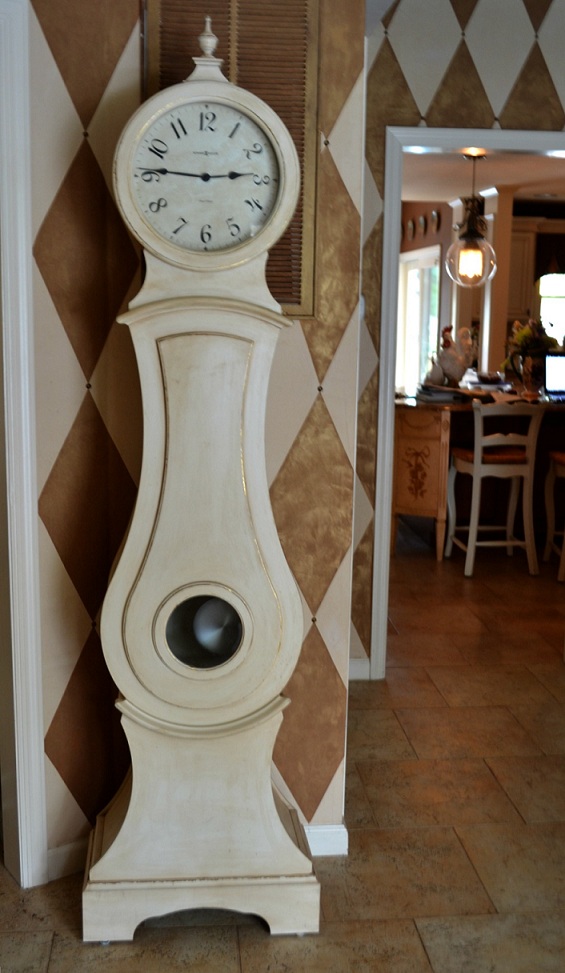 I hope you enjoyed looking at my project! If you’d like to know more about the Venetian Plaster wall finish in the entryway, click here.
I hope you enjoyed looking at my project! If you’d like to know more about the Venetian Plaster wall finish in the entryway, click here.
Sharing this with: Funky Junk Interiors; Between Naps on the Porch; Be Colorful; Home Stories from A to Z; BoogieBoard Cottage; Miss Mustardseed; French Country Cottage; Cherished Bliss
Thanks for stopping by The Colorful Bee! Stay in touch and never miss a post.
*Subscribe to receive an e-mail when a new post is up, HERE.
*Subscribe to receive an e-mail when a new post is up, HERE.
22 Comments
Posted in Uncategorized
Revamping an Old Chair for a New Purpose
This week I was asked to stage a vacant home in Malverne NY. It’s a lovely Dutch Colonial that has a great, homey feel to it. When I looked at the home for the first time, I jotted down my ideas for which furnishings to bring to make this house feel even more like a home. I usually know pretty quickly – but I knew that I might be missing one or two things that would make the staging complete.The home featured an enclosed porch that’s adjacent to the living room. It’s a narrow room, so I knew that I had to bring a loveseat. But what should I place on the other side? It needed a relaxed feel but the piece had to be a bit compact. A wing chair would be too formal and too large. I had an idea what to use…but it needed a little work and an OK from my husband.
This is the piece I used…but it didn’t start out that way. It was dark and ugly but you didn’t see much of it ’cause my husband’s clothes covered most of it! I convinced him I needed it for a job and that I had to lighten it up and make it prettier. He said “Why?” and I just looked at him and then he said “OK!”
This picture would have looked funnier if I had taken it with all of his clothes racked on top of it – but at least I got a before (OK – with a few paint marks!). I had to finish this in a hurry – like a half day – in order to get the staging job done.
I used Annie Sloan’s Chalk Paint in Cream. I didn’t have enough time to do the waxing but I add some nice stencilled French words, a motif or two and some distressing and the chair was ready to go. I used several word and graphic stencils from Maison de Stencils to make the job go quickly!
Here are some other shots of the home I staged…
It was a fun job – except for the fact that the air conditioning was not really working well (and it was about 100 degrees outside!). But we managed to get all the furniture, lamps, rugs and accessories in – without dying of heatstroke. One of my great workers, Lyn, suggested to the realtors that perhaps they should take the winter cover off the air conditioning units. That worked…alas too late!
Sharing this project with…
Under the Table and Dreaming; Funky Junk; At the Picket Fence; French Country Cottage; Sundae Scoop; Between Naps on the Porch; Be Colorful; Masterpiece Monday; Home Stories A to Z; My Uncommon Slice of Suburbia; Domestically Speaking; Savvy Southern Style; Knick of Time; The Southern Institute
Thanks for stopping by The Colorful Bee! Stay in touch and never miss a post.
*Subscribe to receive an e-mail when a new post is up, HERE.
*Subscribe to receive an e-mail when a new post is up, HERE.
An Inspiring Seminar from Larry Laslo
This morning I attended a wonderful seminar by designer Larry Laslo that was held at the Robert Allen Showroom in Woodbury NY. After hearing Larry talk, I can see why he is so successful – he is so down to earth, funny and warm that I can see why his well-heeled clients love him. He gave a slide show of many of his projects and showed how he went about designing the spaces. Some of the homes were so huge that you have to have a mastery in the art of scale and balance in order to pull it off successfully.
Here were some of the images he shared with the designers in attendance…
Most people would think that using dark and bold colors on a wall would make a room seem smaller, but in Larry’s hands the dark colors actually expand the sense of space. I loved his use of padded charcoal gray walls with the black and white theme.
In the above room he also mentioned that he chose just one light fixture instead of two sconces on either side – for a neater more functional look for his client.
Speaking of black and white, Larry loves to use Carrerra marble because it creates its own pattern. He kept the rest of the space simple because of the busyness of the pattern.
He also showed us several rooms that had beautiful mosaics, as in the bath above. Several thousand small tiles make up this beautiful feature wall.
Larry is a master at mixing genres and styles. These Christopher Guy dining chairs have antique damask backs and white patent leather seats. Many of his rooms feature a hearty mix of now and then – mixing old and new.
What was really wonderful though was that he said that if you have the talent for using color – don’t be afraid to use it and be confident about it. Just because your client might be timid about it – if you know it’s the right thing to do you really need to do it. I really took this to heart because I have felt that I pushed the color envelope with my clients and I felt a little bad about it (although I knew it was the right thing to do in their homes). I felt validated and it was a freeing message that he sent to us today.
Above, a small collection of his fabrics that I picked up today. I can’t wait to use them. I have some great ideas for using these gorgeous designs. The largest sample in the above collage is called Scrolling Art. I have plans to use this on two chairs. I love how he isolates a motif so that you can use the fabric as a central design on a chair.
It was great to connect up with other designers I have known for awhile and to meet some new and talented people as well. I learned some great tips even after the seminar from other designers in attendance. We talked about getting together to network and to help each other.
And besides all that…the seminar was catered and the lunch was fabulous! You can’t beat that. Everyone had a great time – so thanks Larry for your inspiration and Robert Allen Fabrics for hosting!
Thanks for stopping by The Colorful Bee! Stay in touch and never miss a post.
*Subscribe to receive an e-mail when a new post is up, HERE.
*Subscribe to receive an e-mail when a new post is up, HERE.
Leave a comment
Posted in Uncategorized

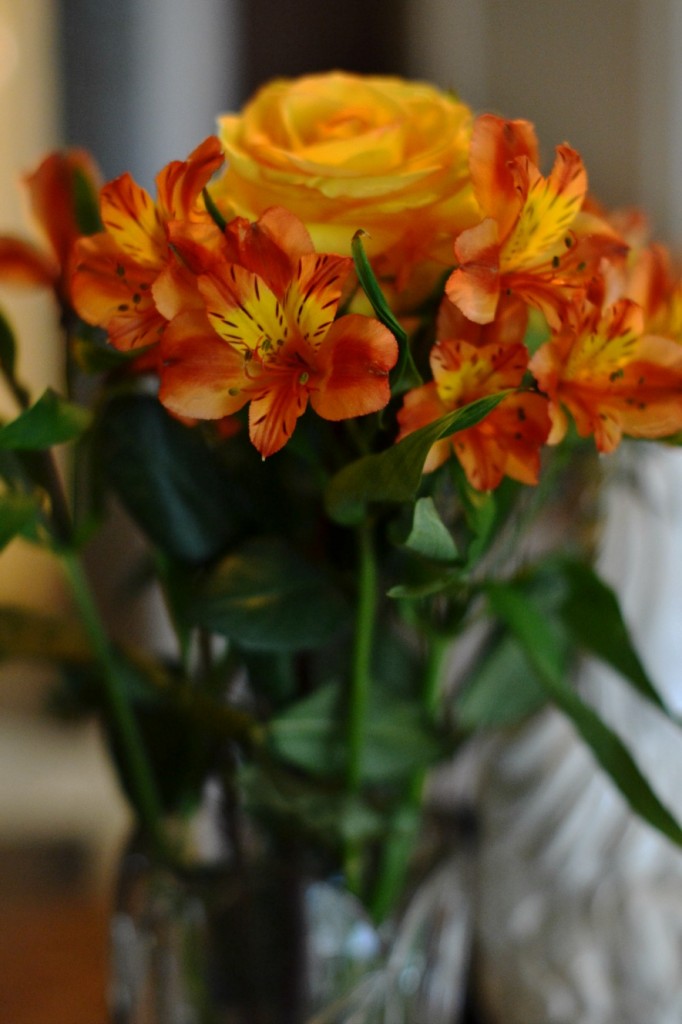
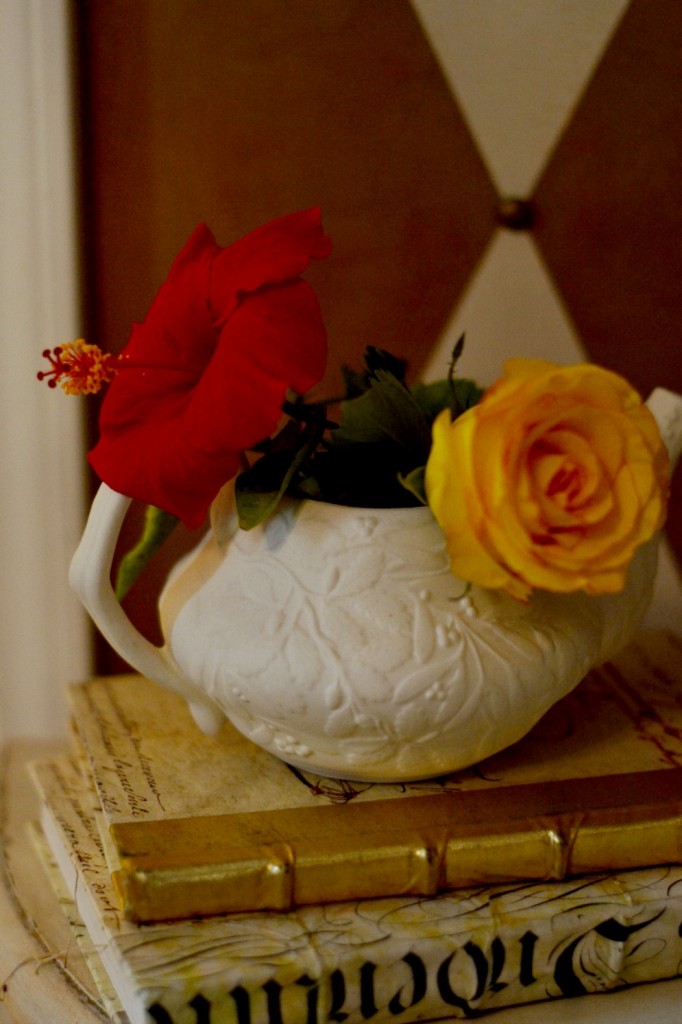
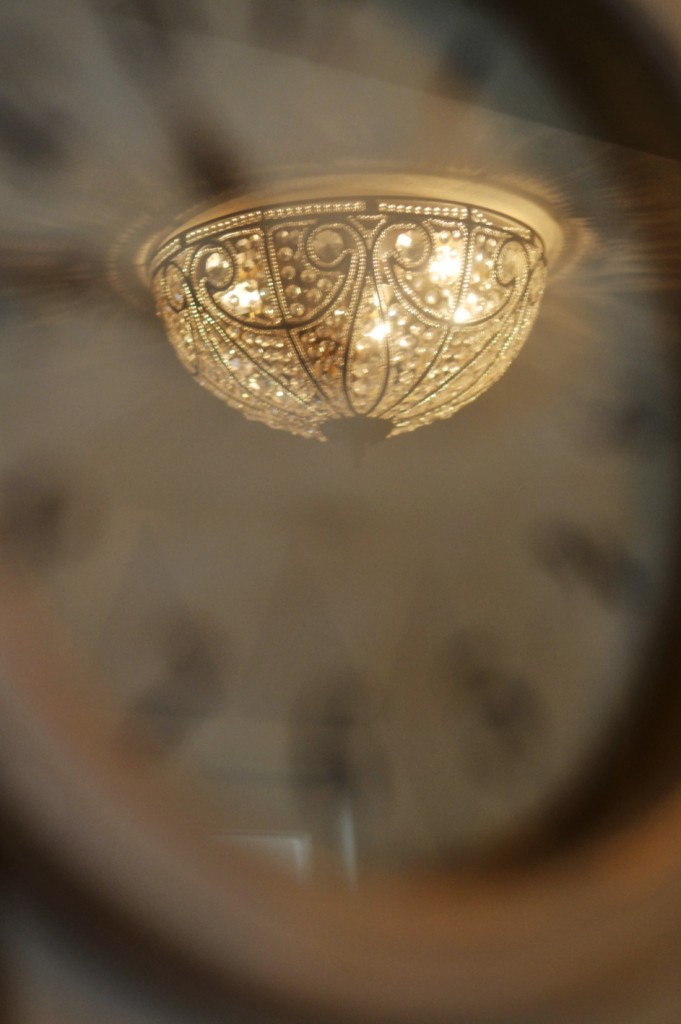
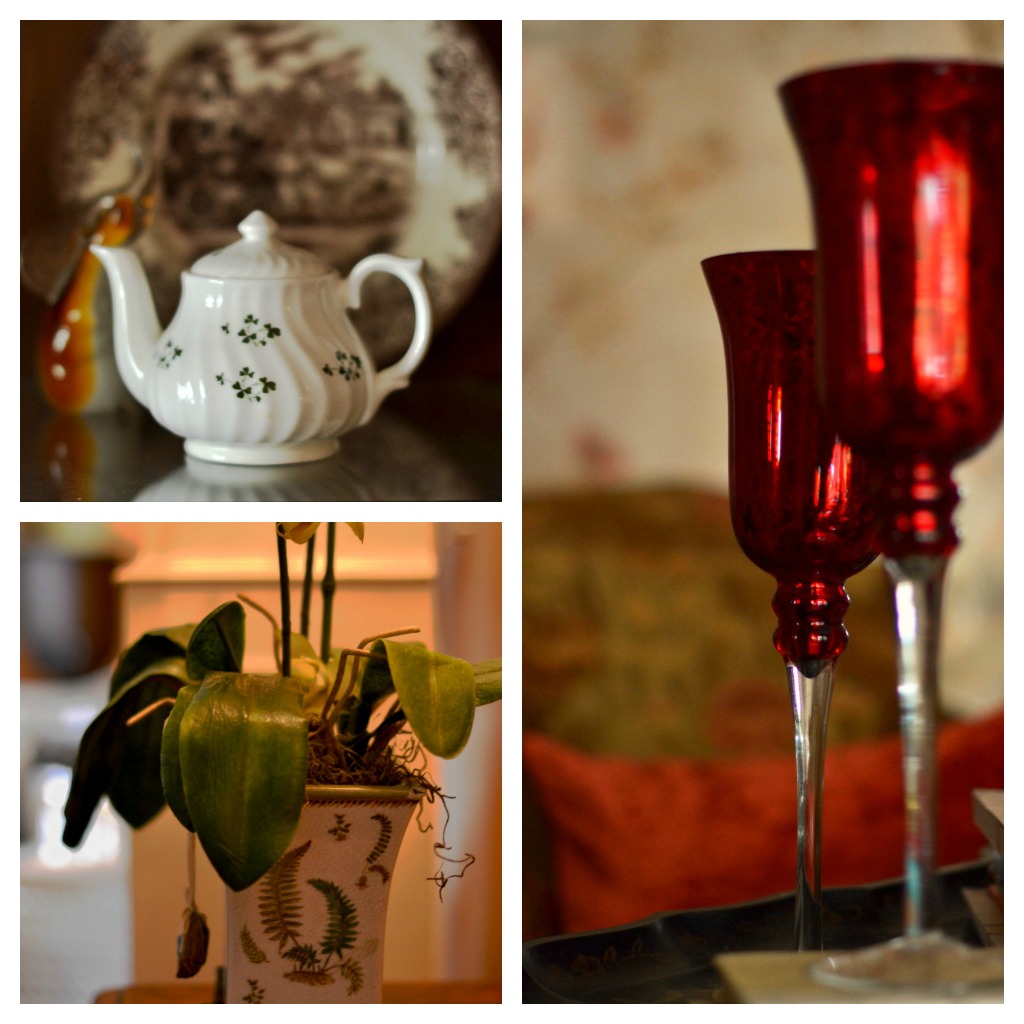
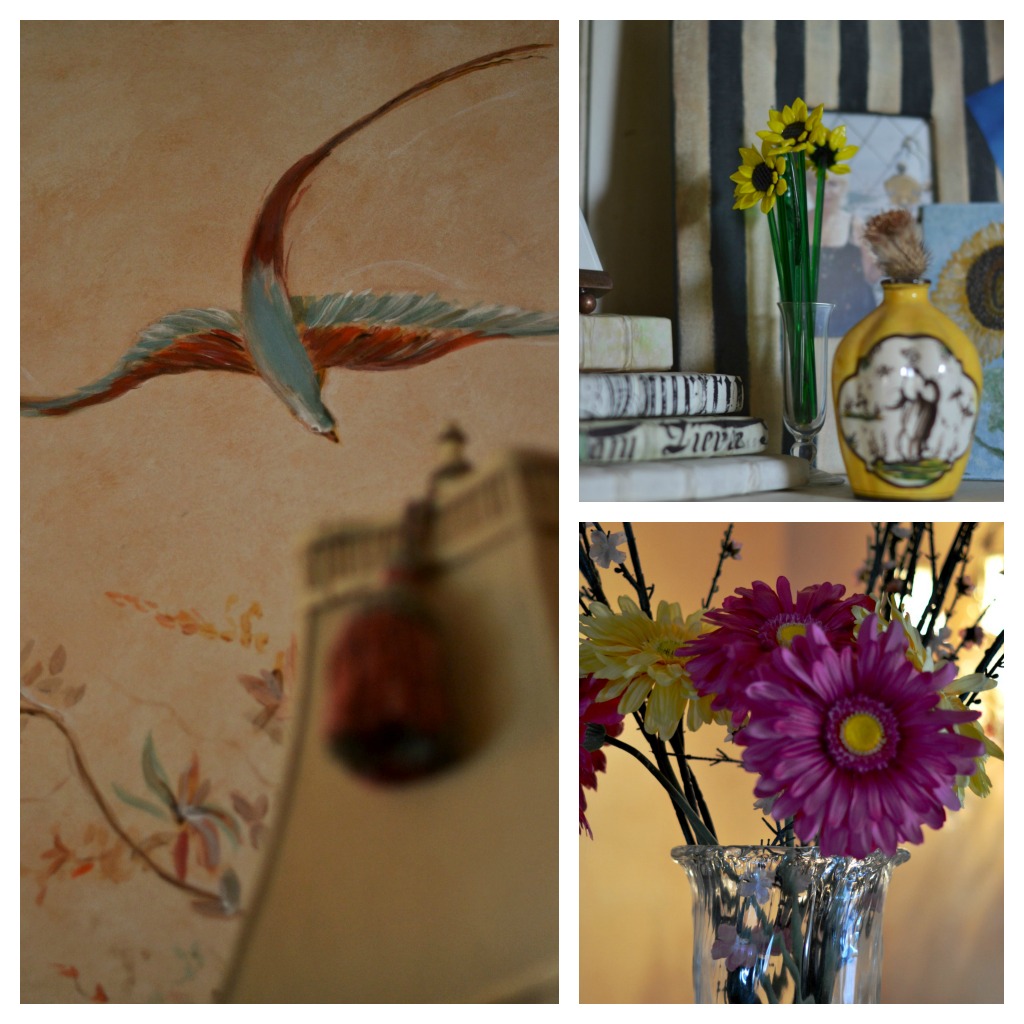
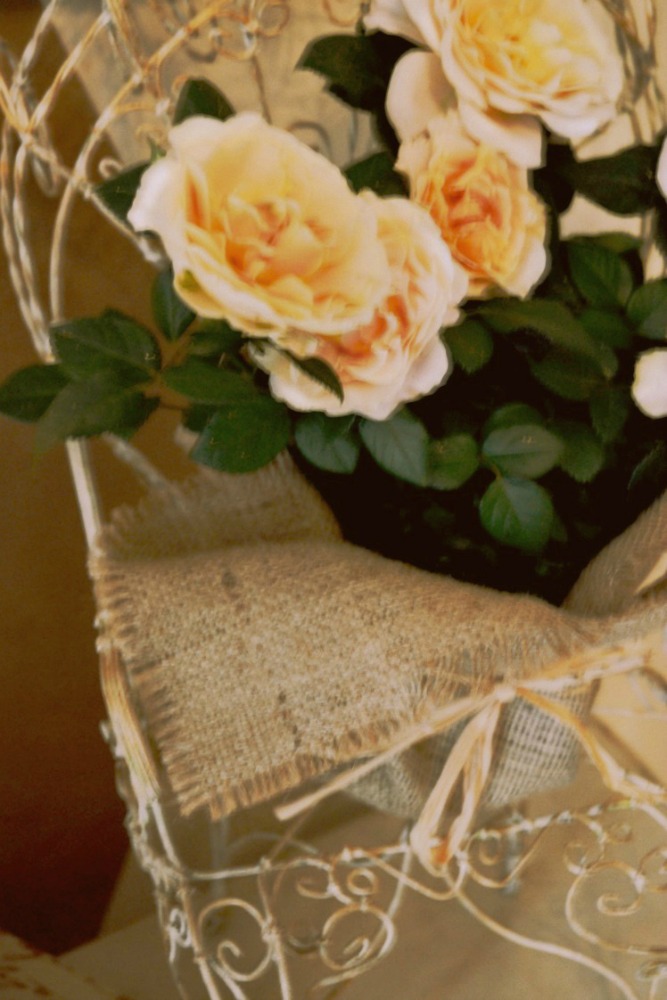
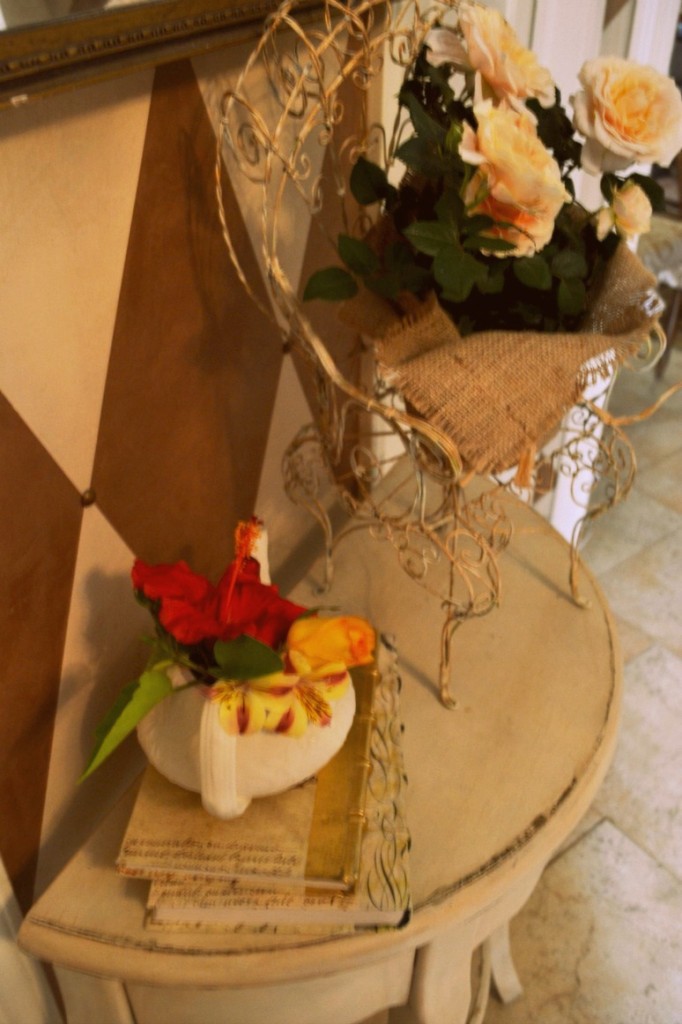
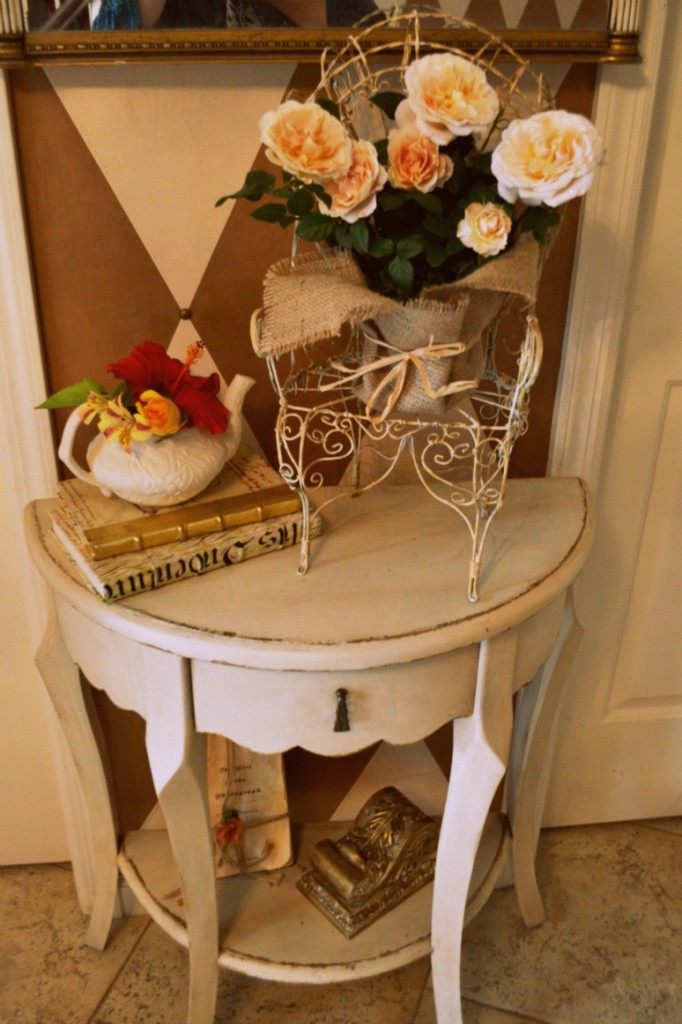
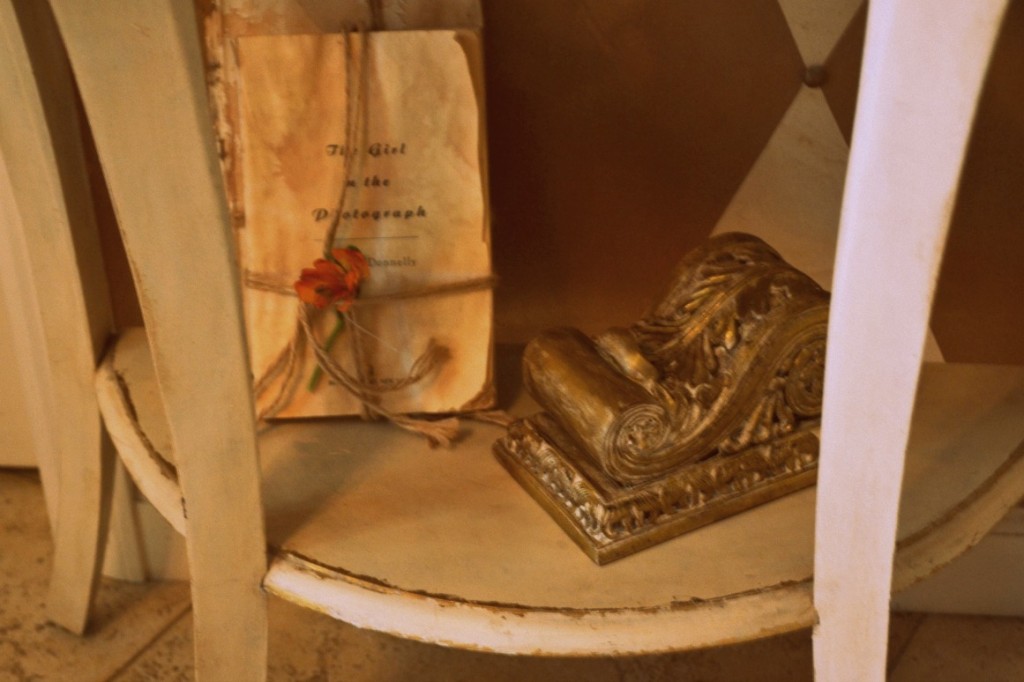
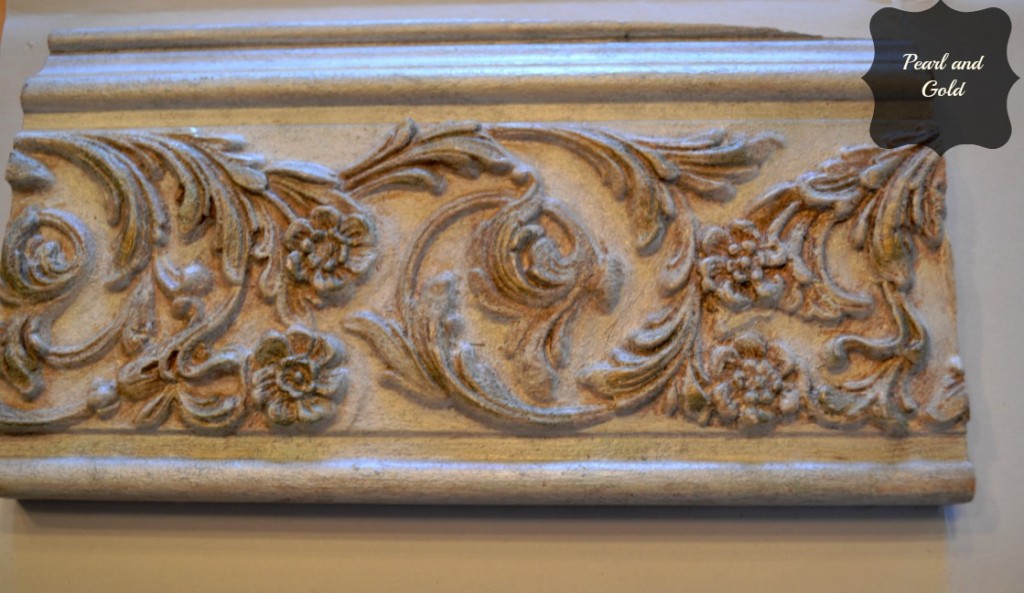
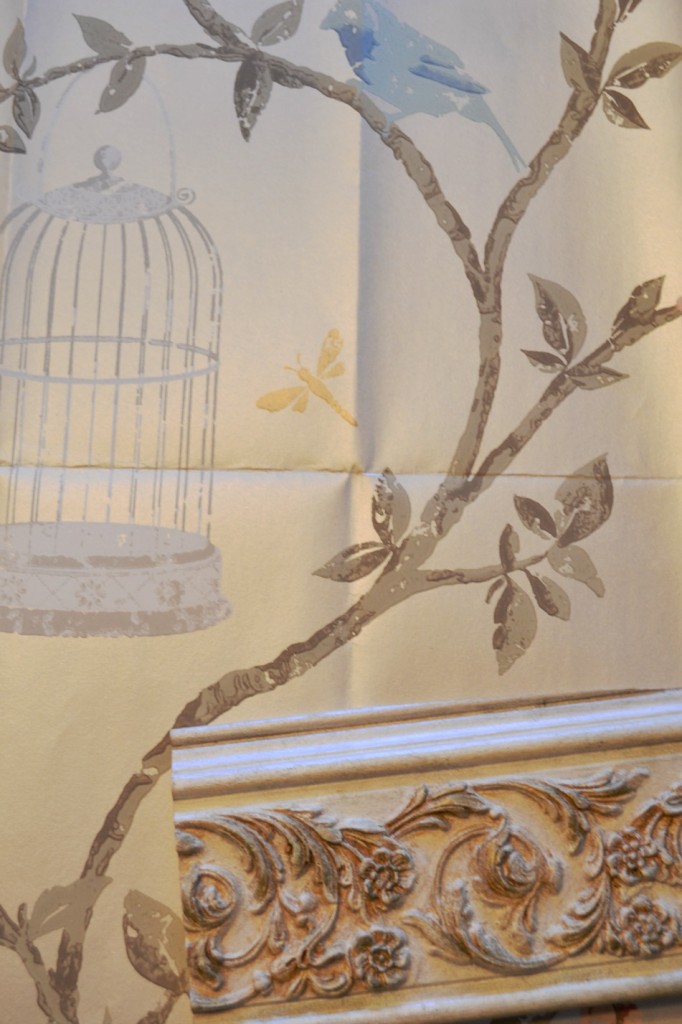
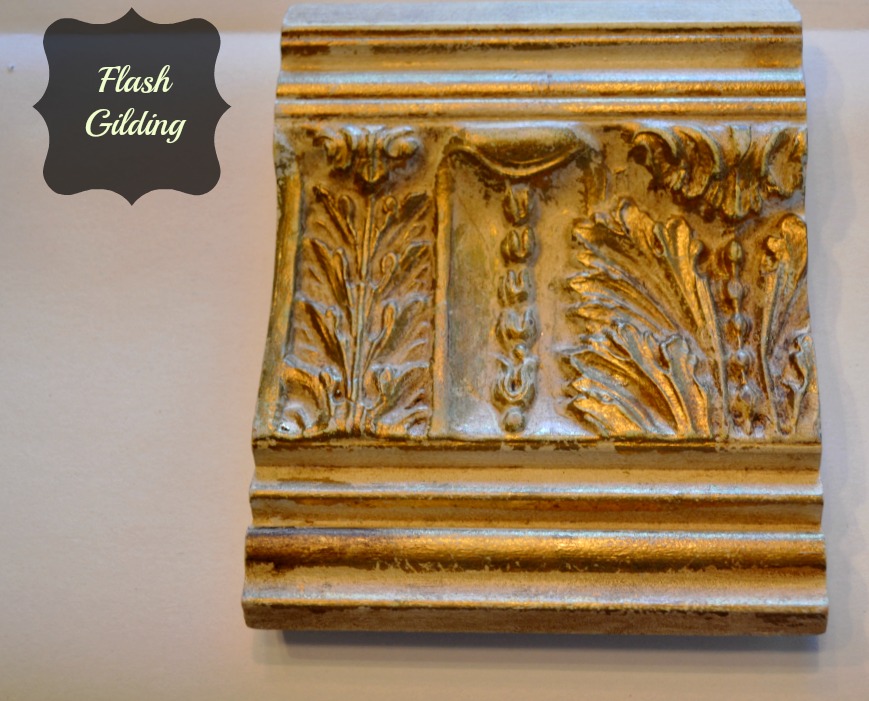
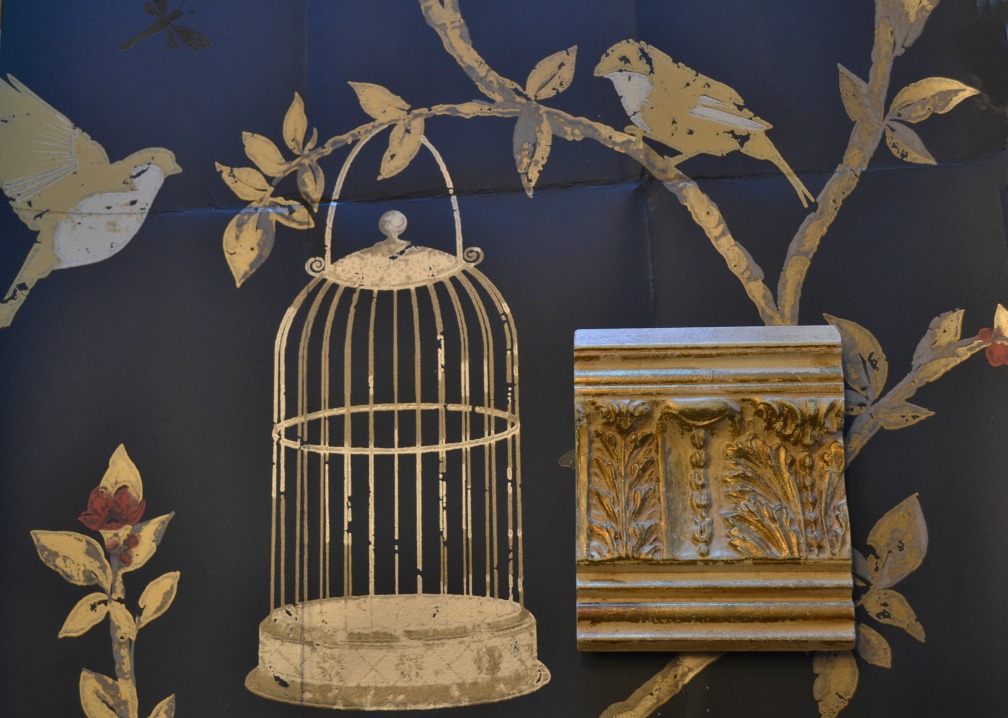
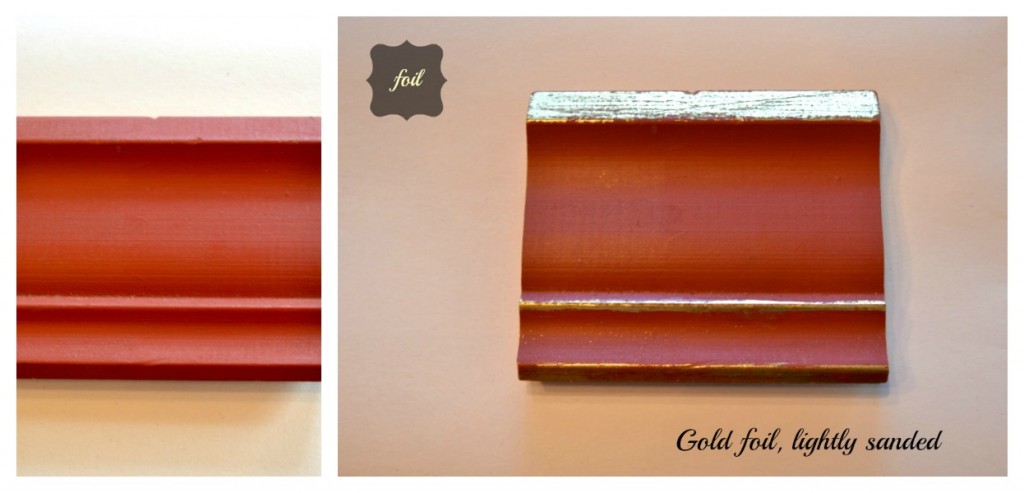
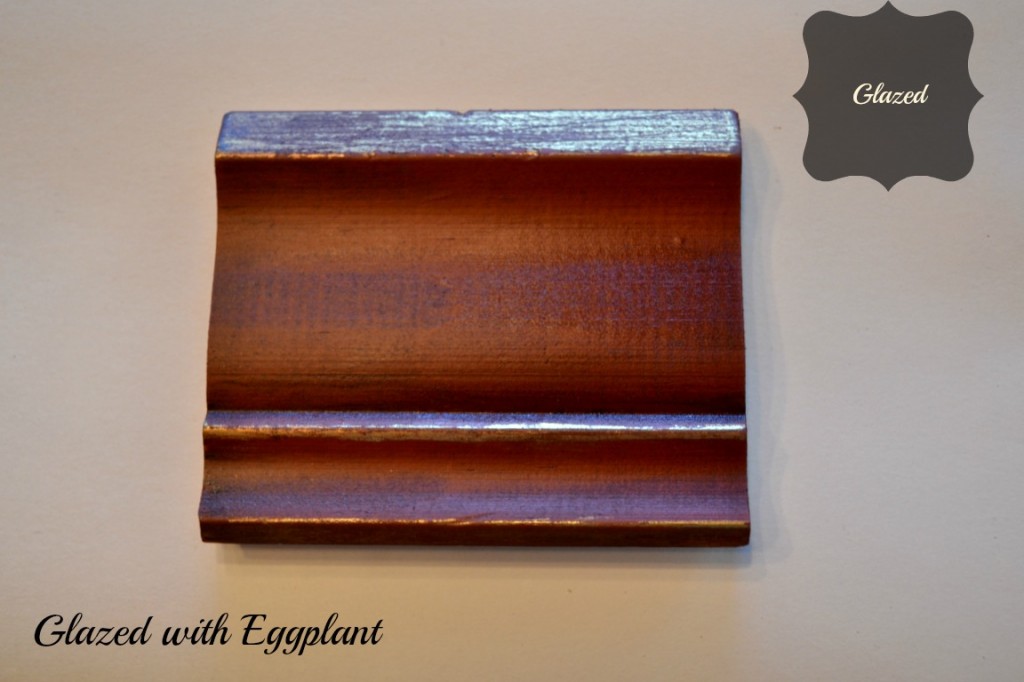
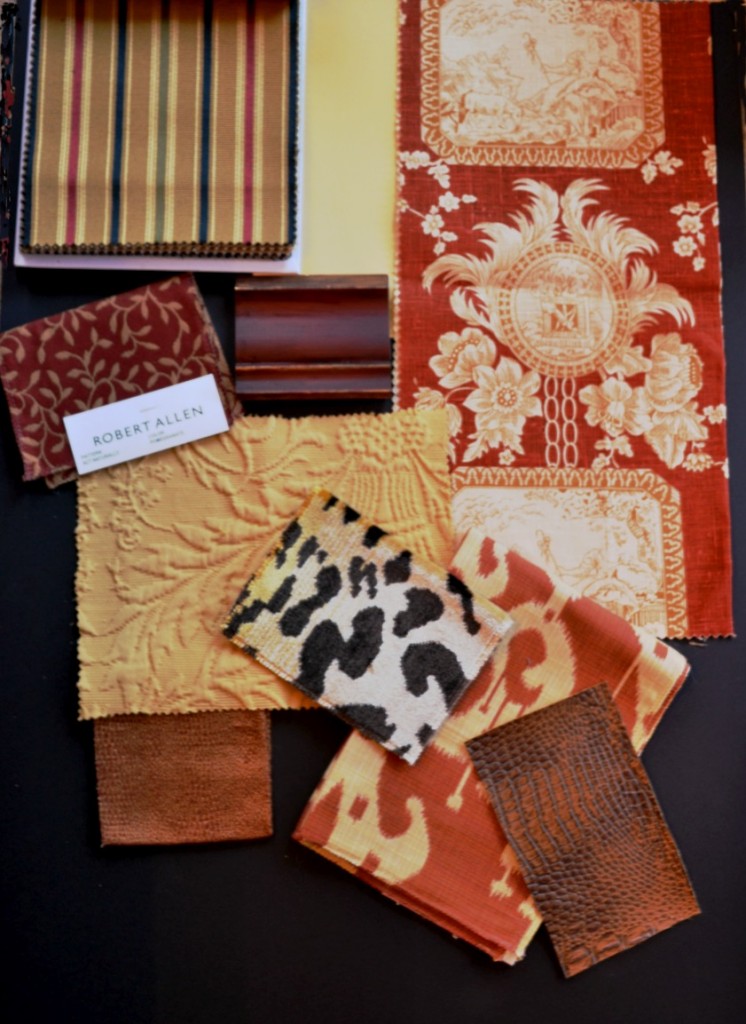
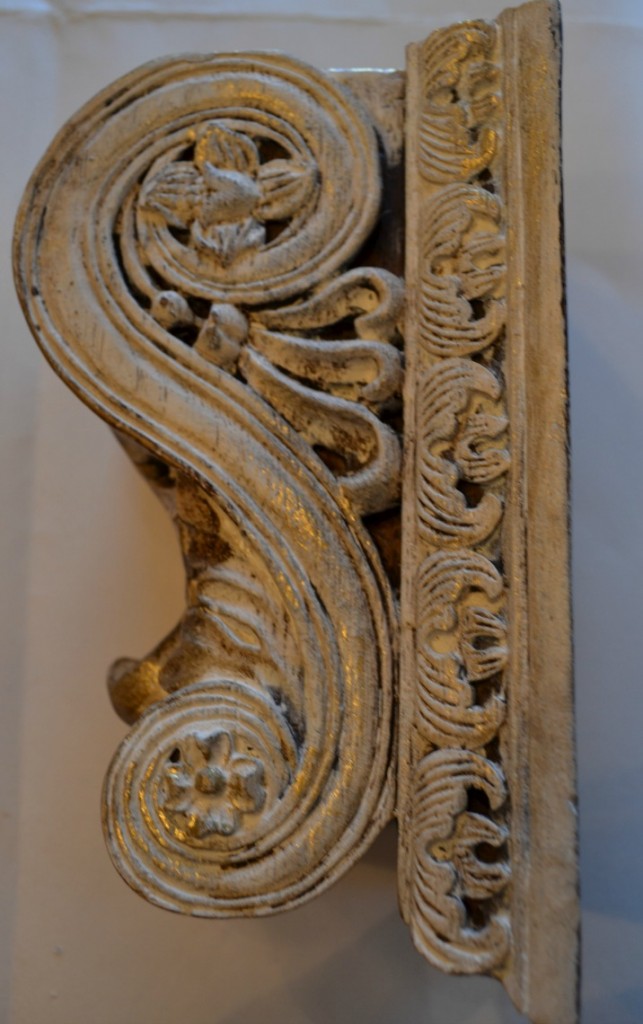
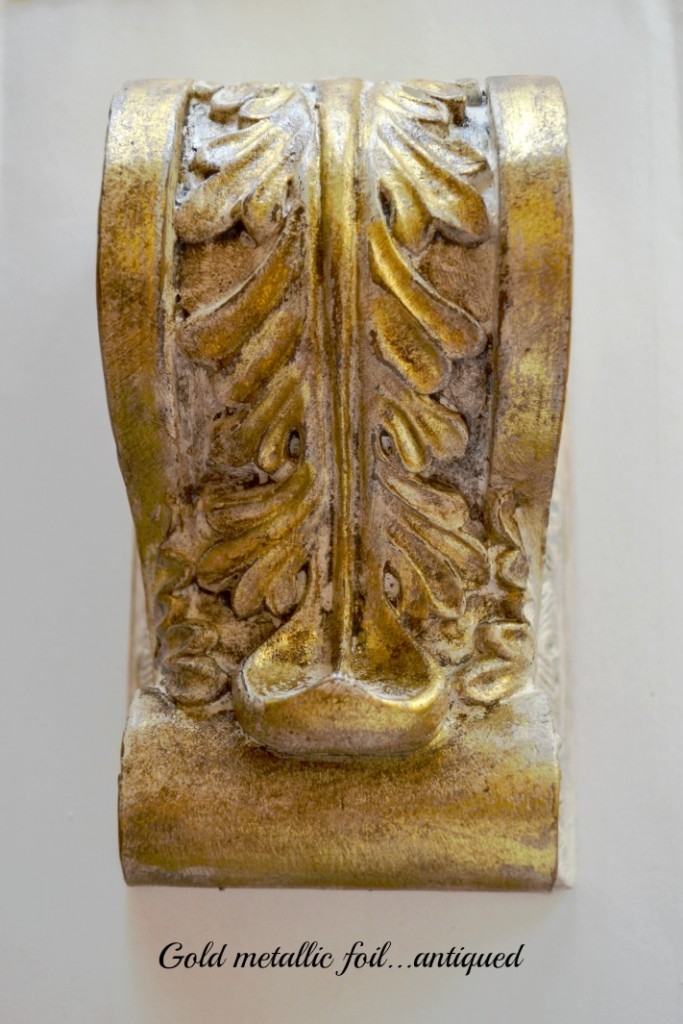
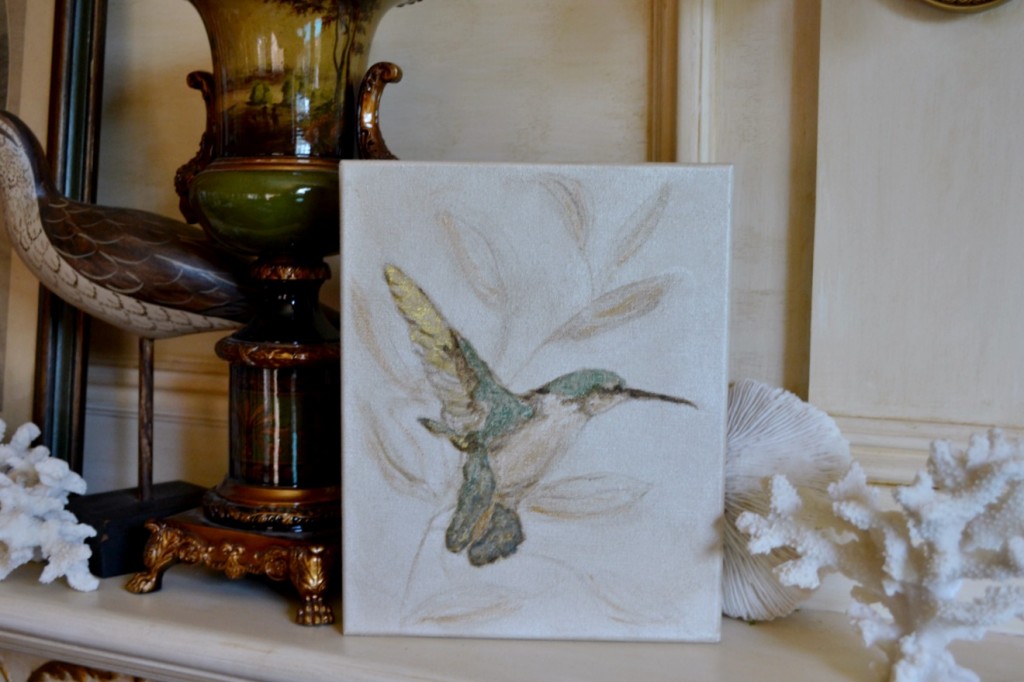
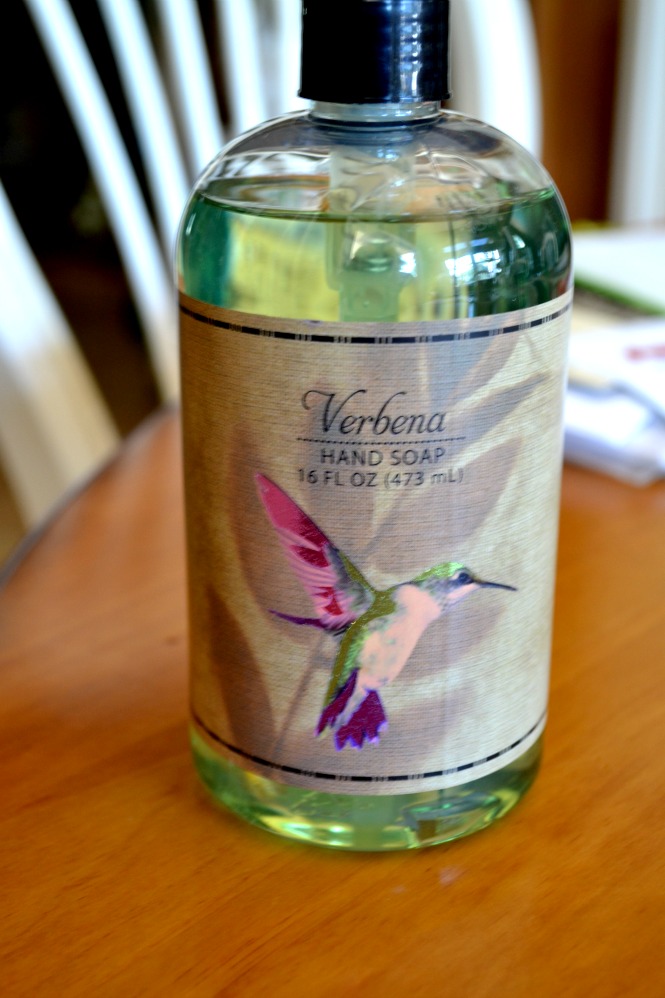
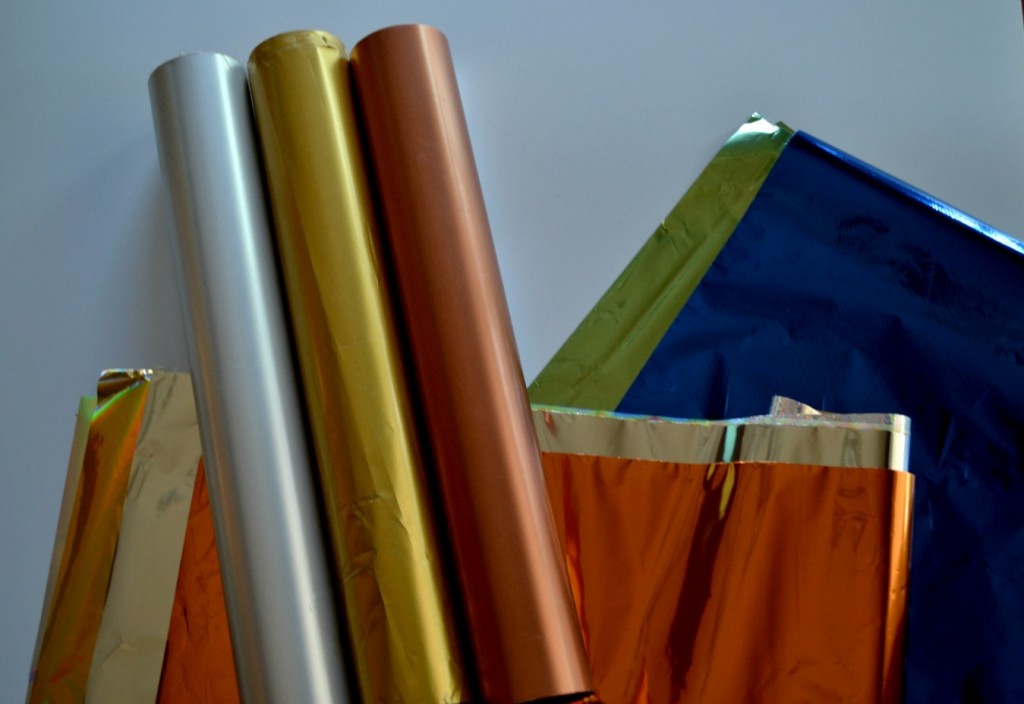

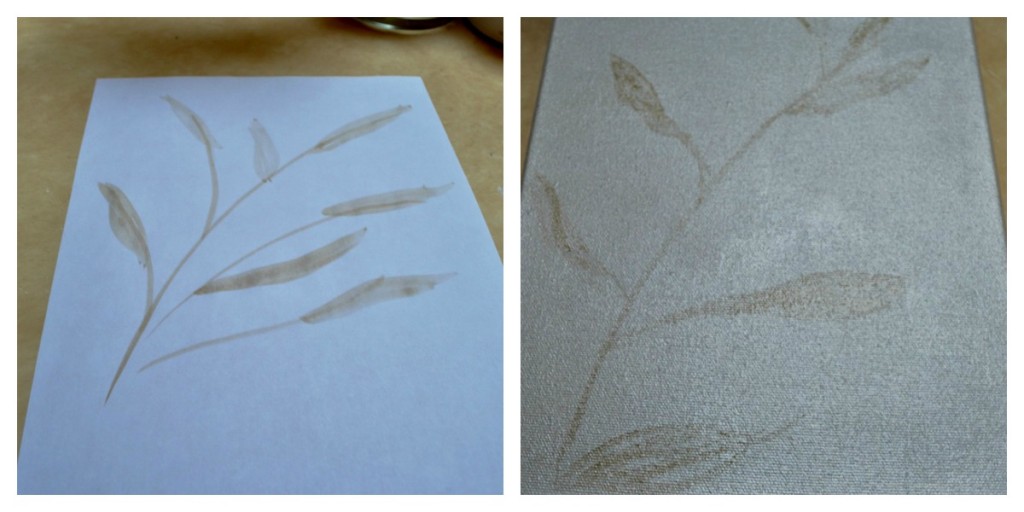
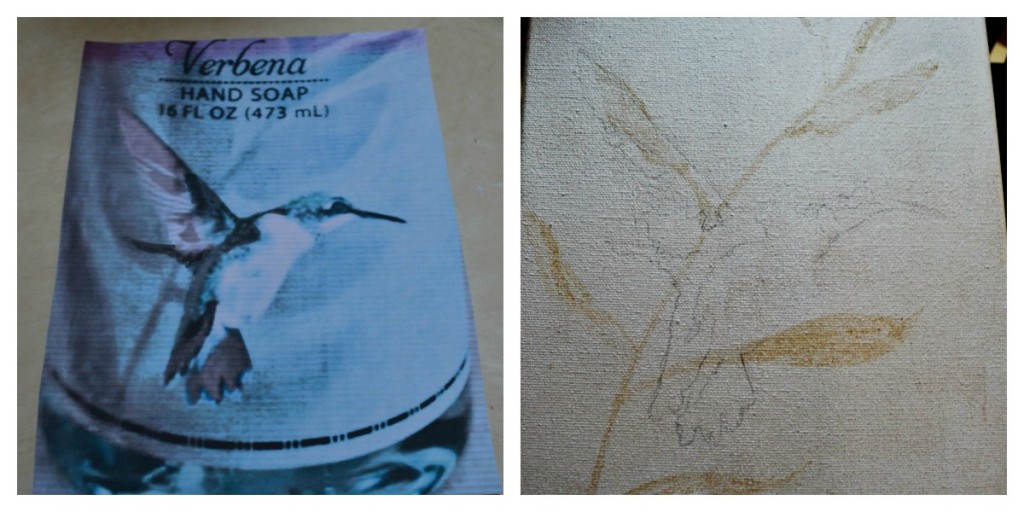
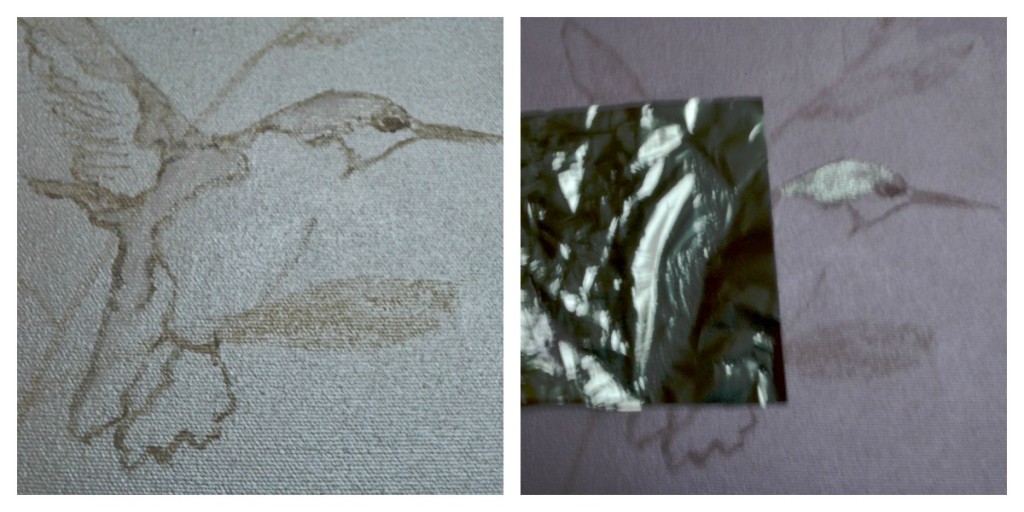
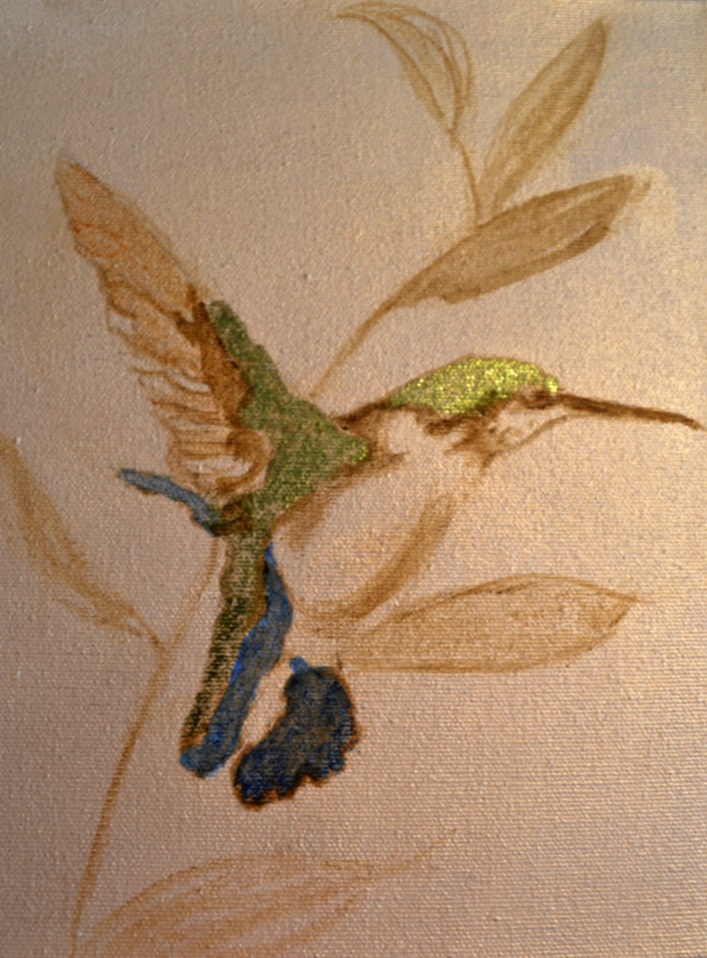
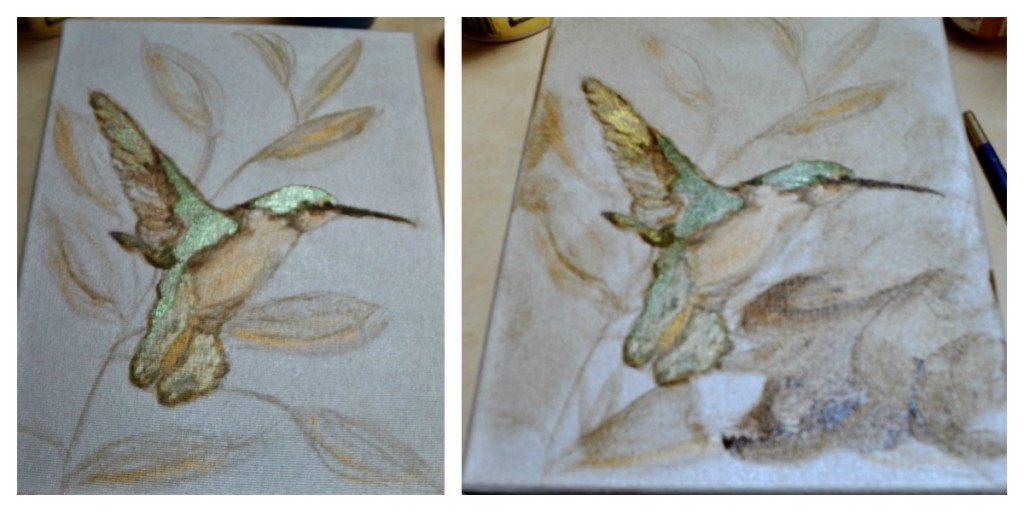
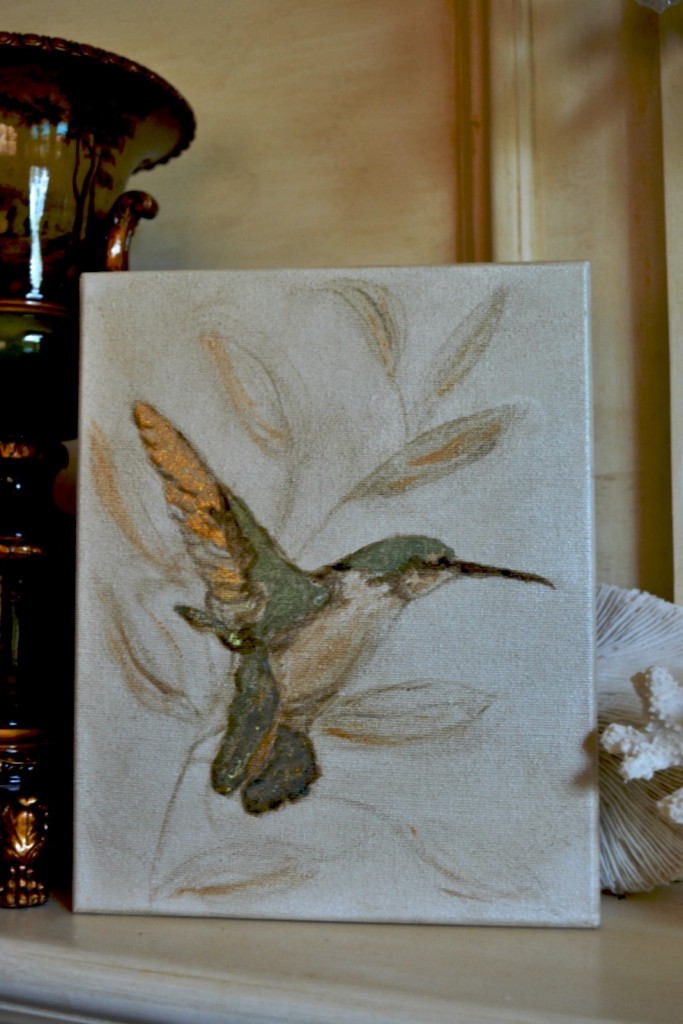
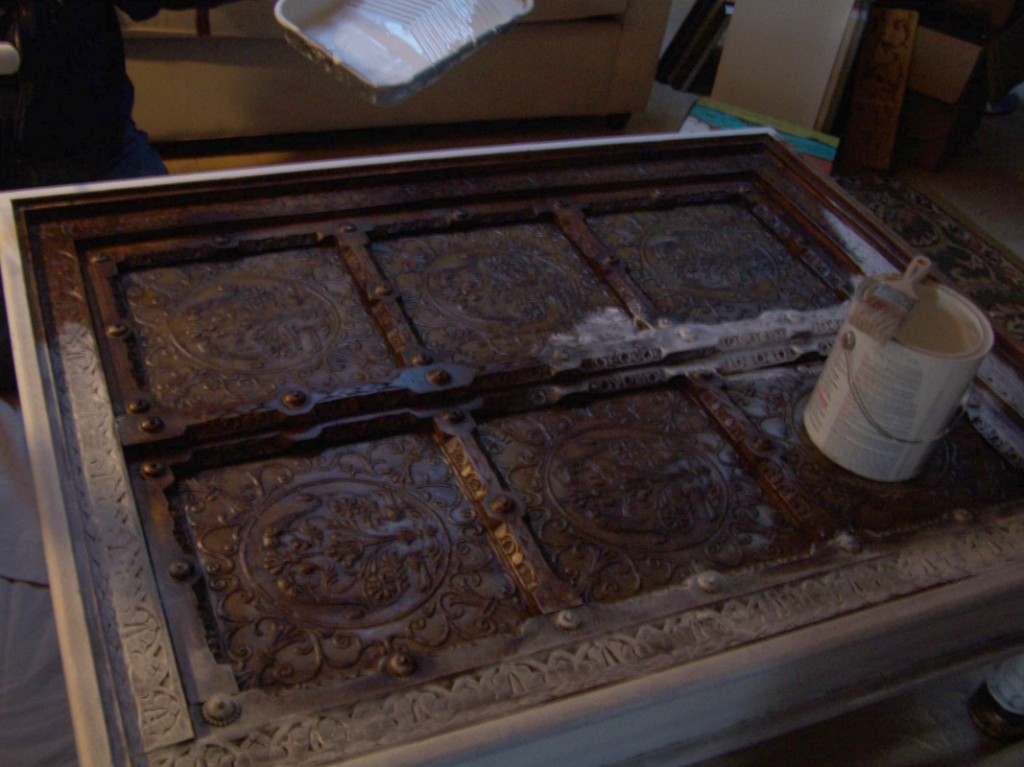
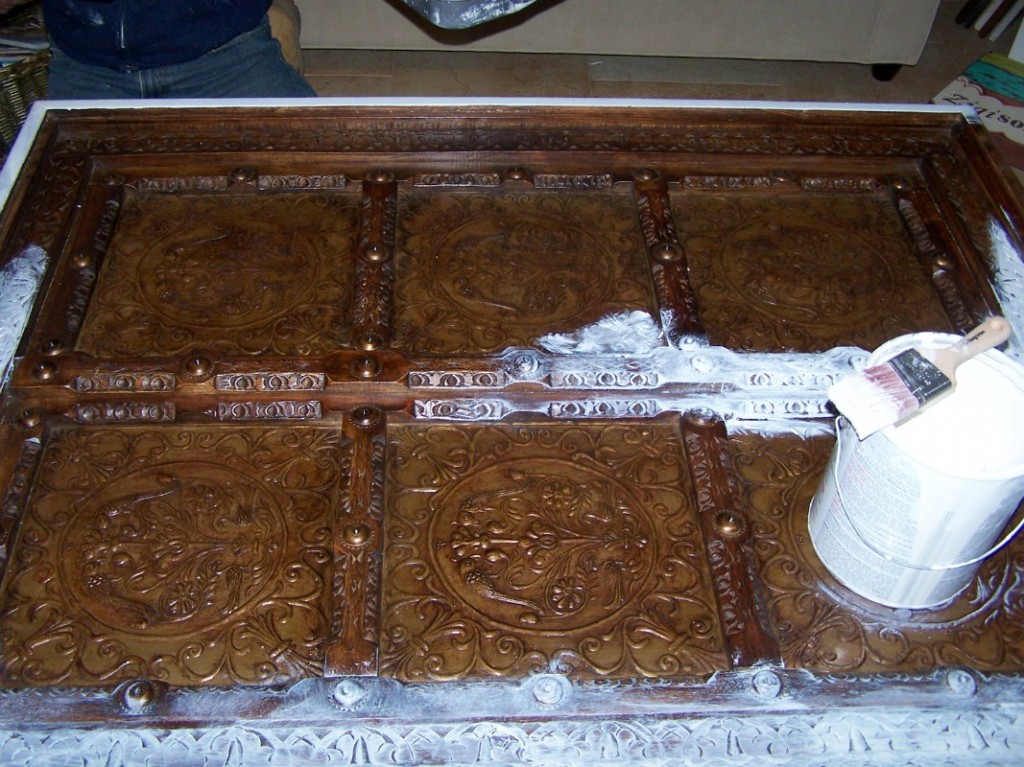
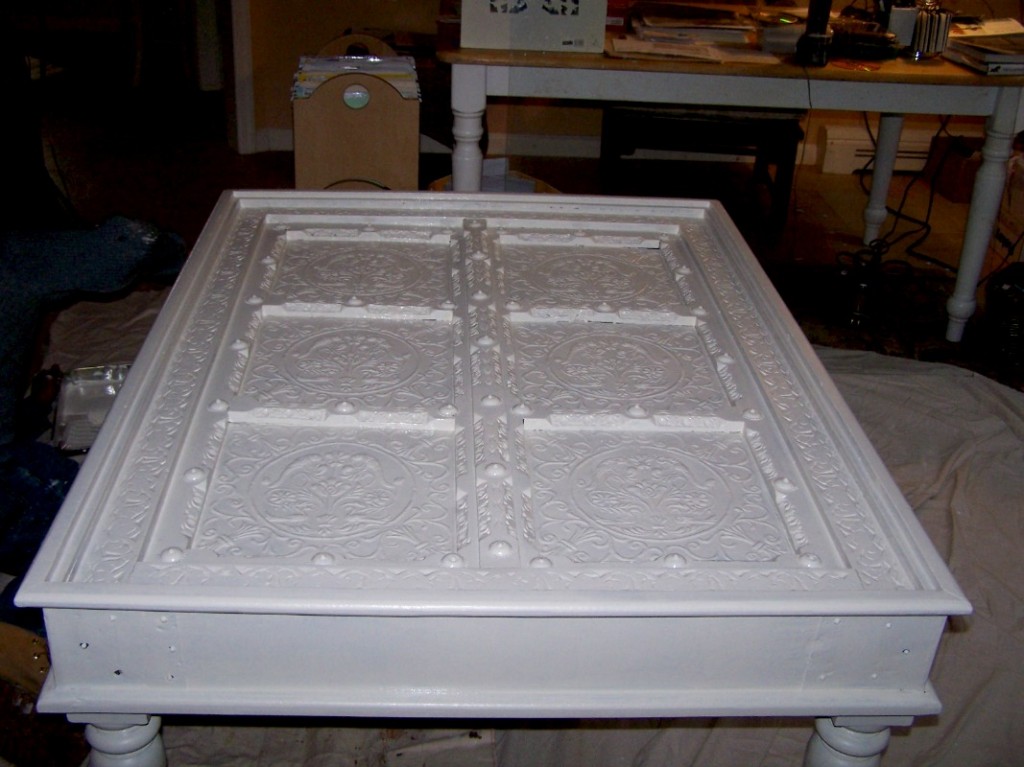
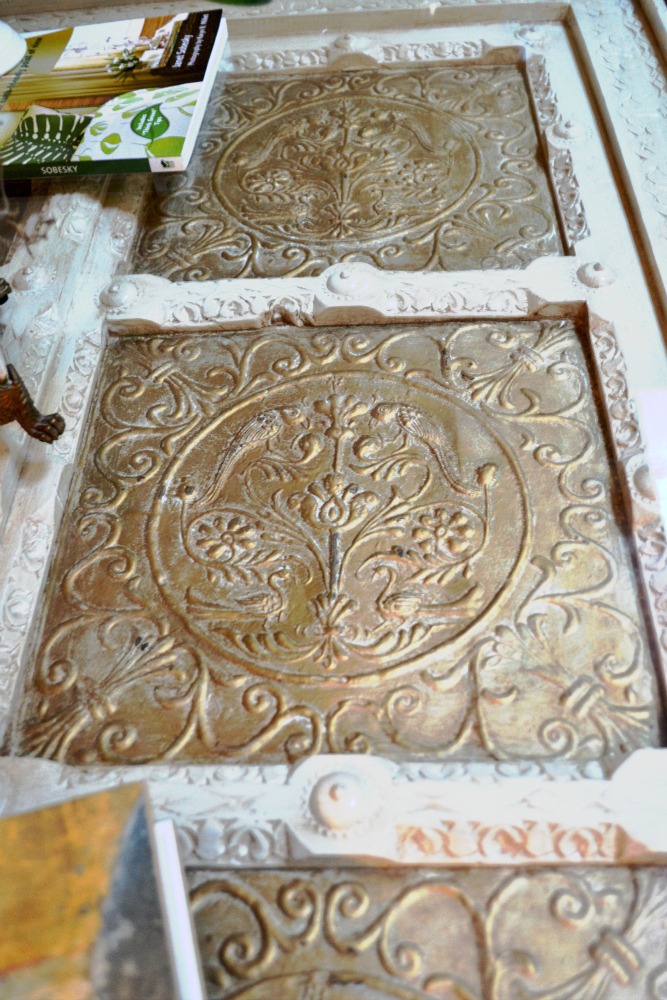
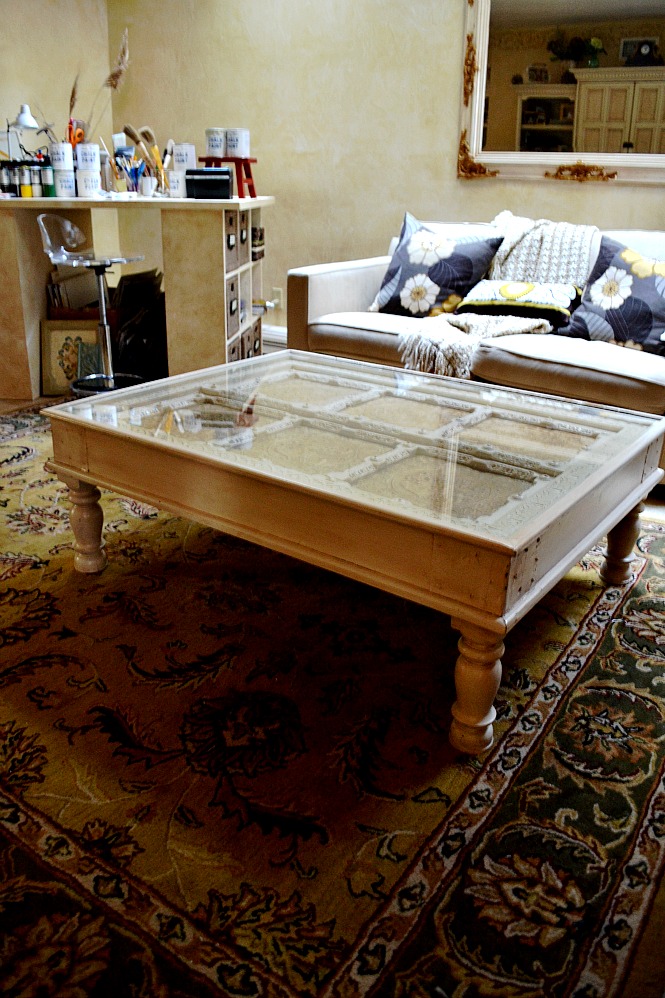
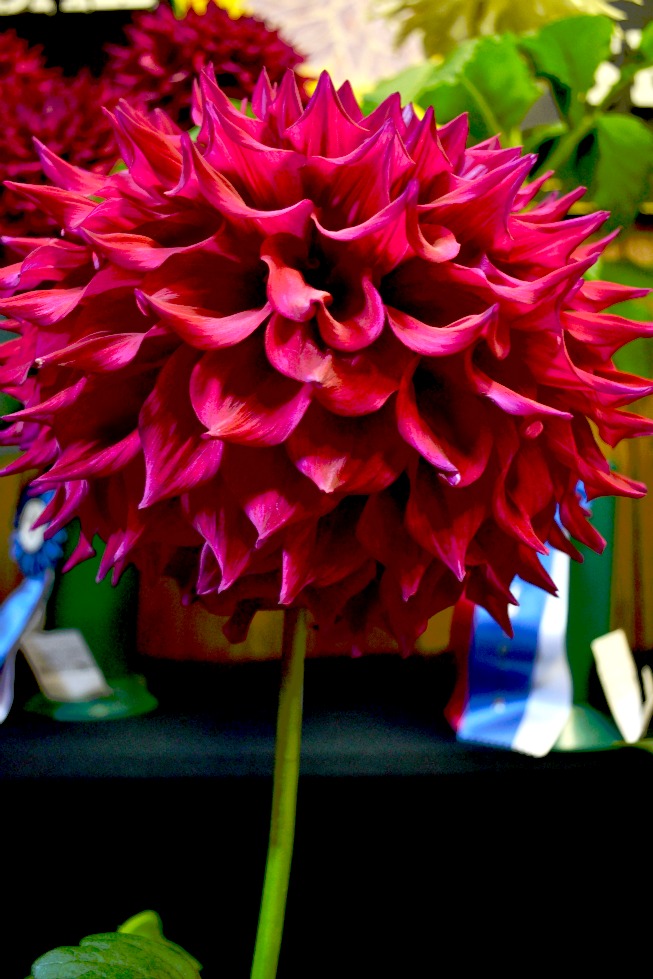
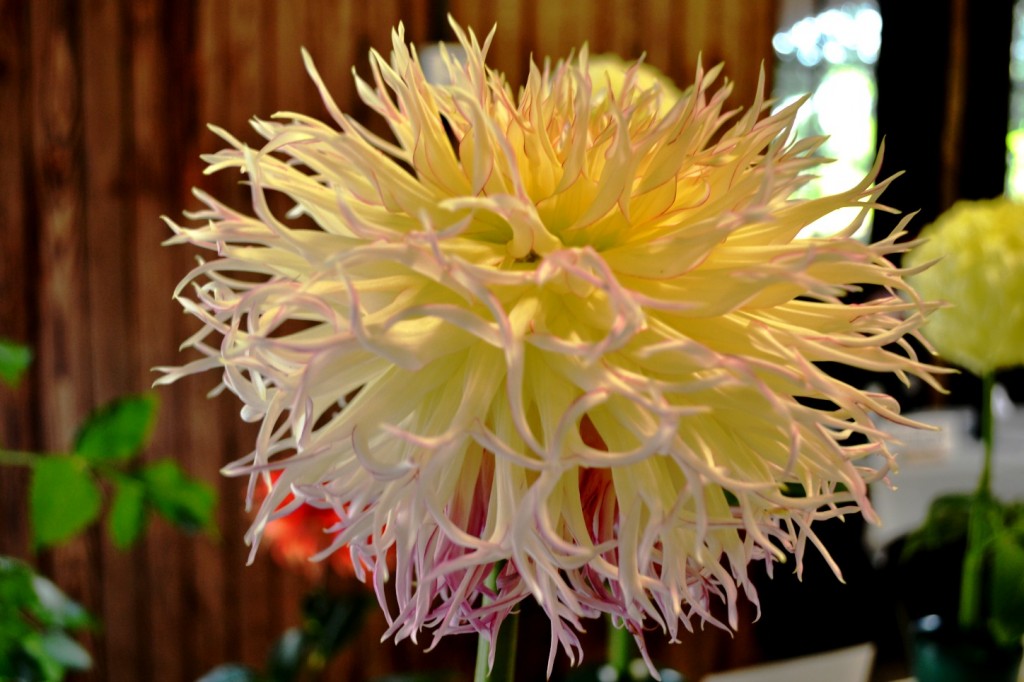
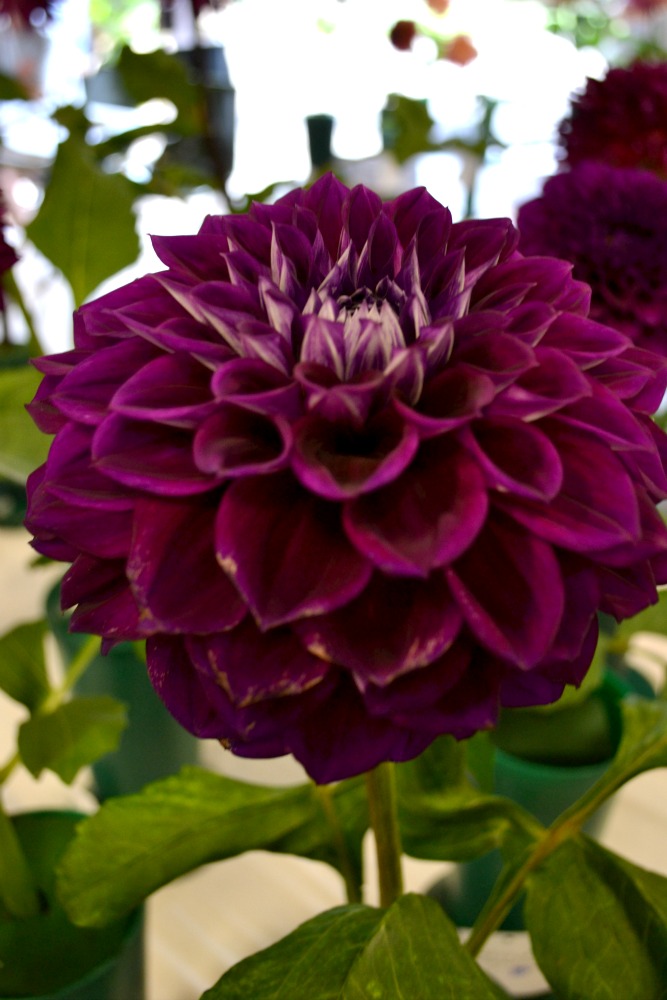
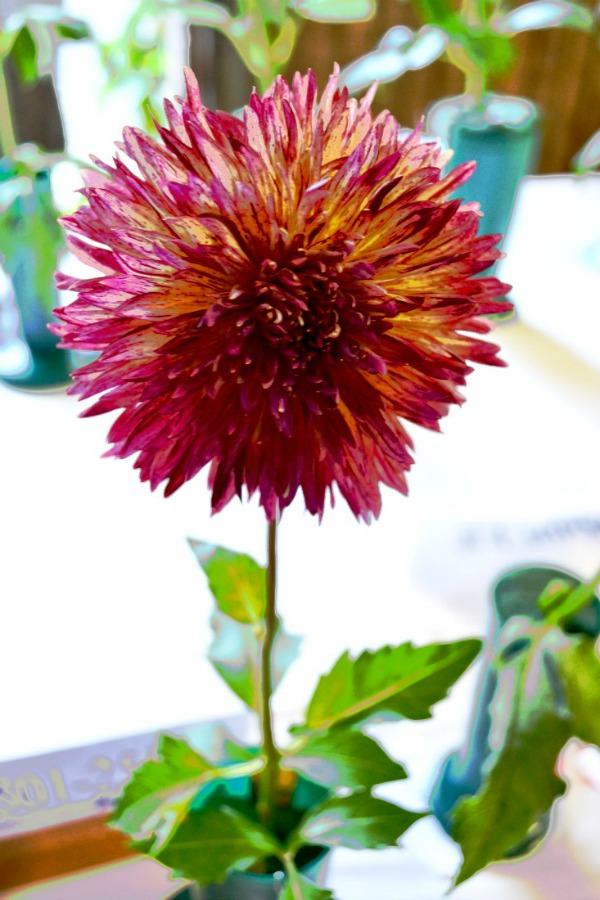
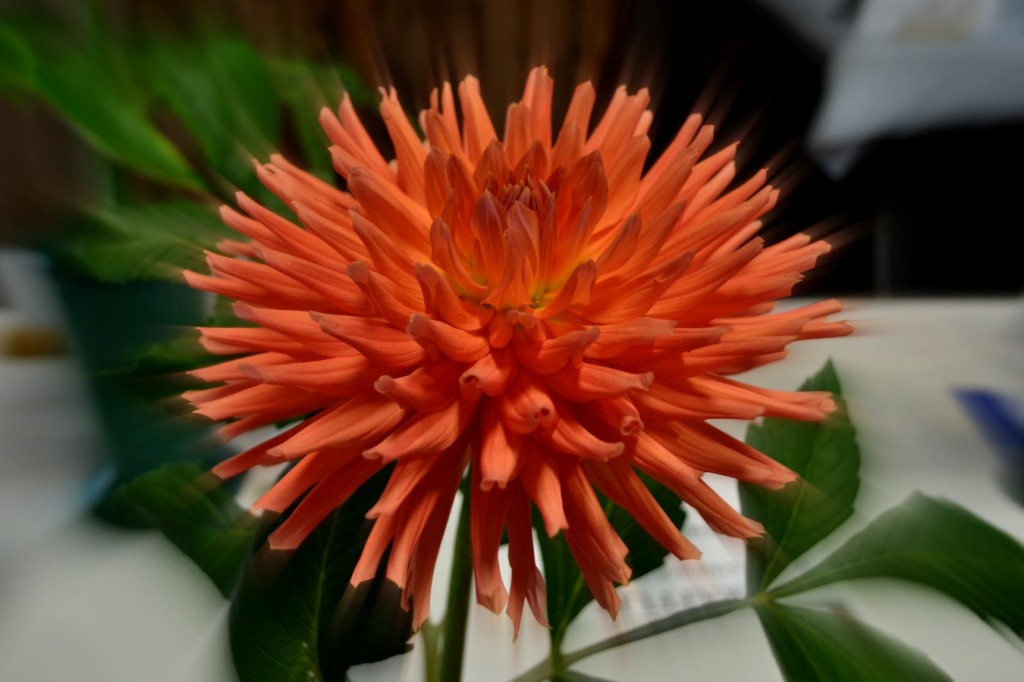
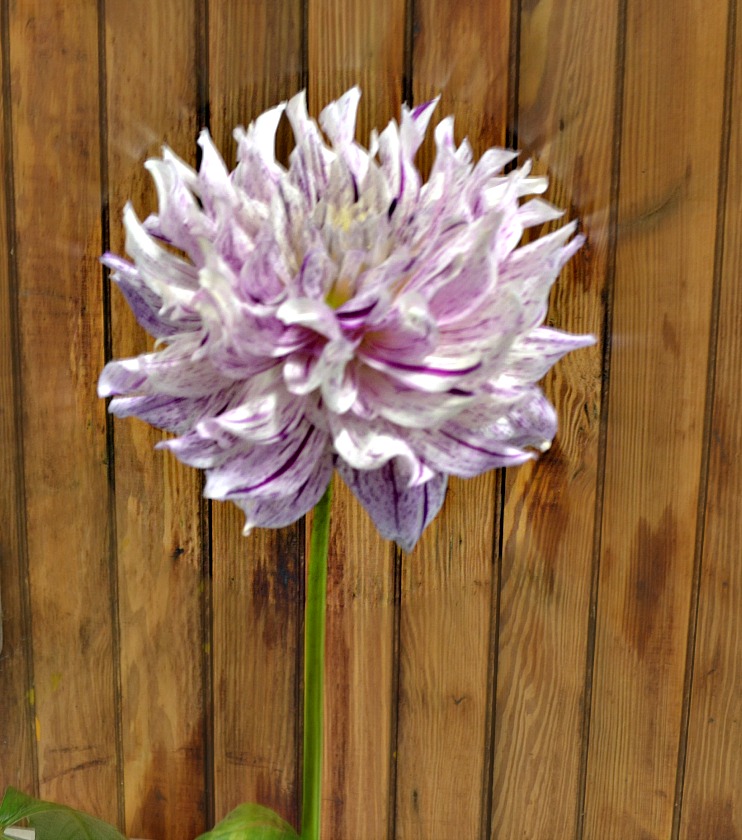
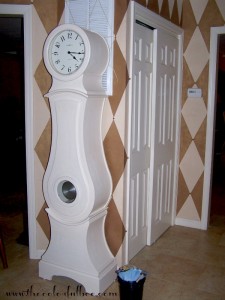
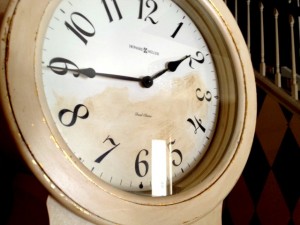
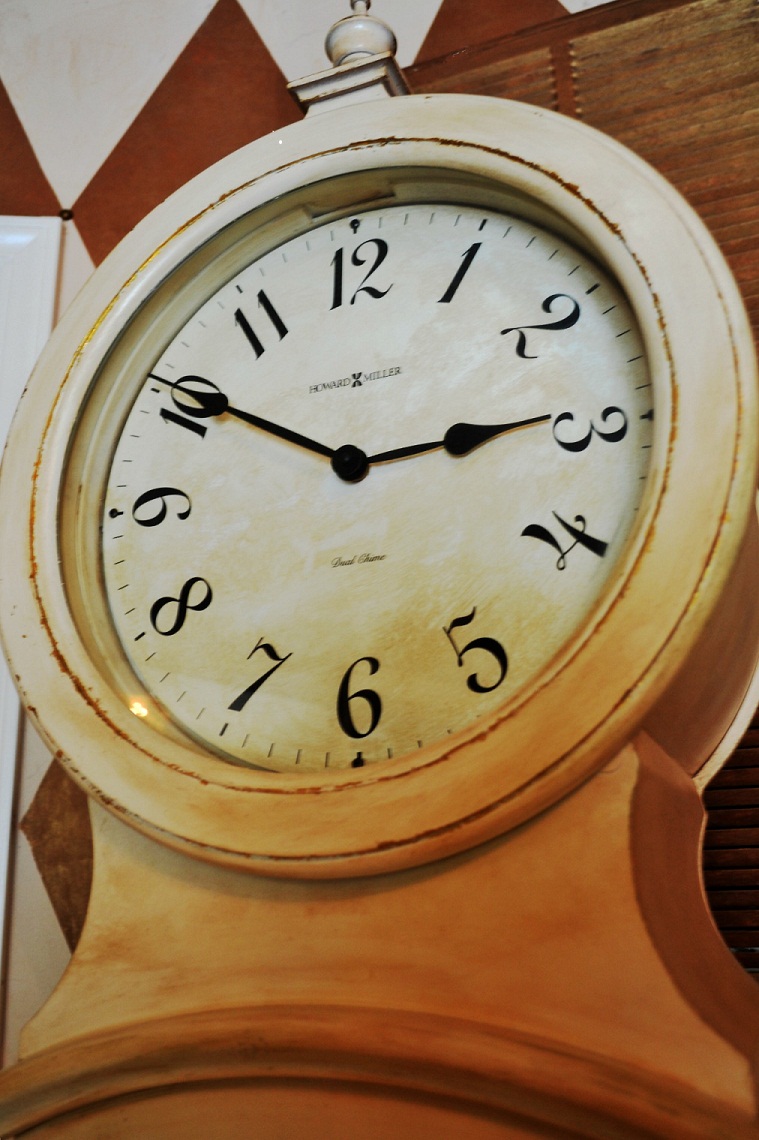


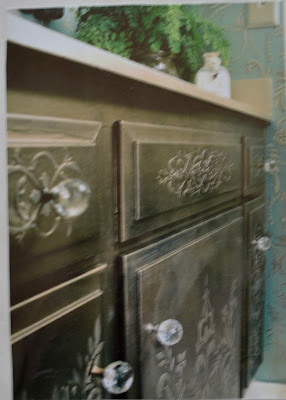










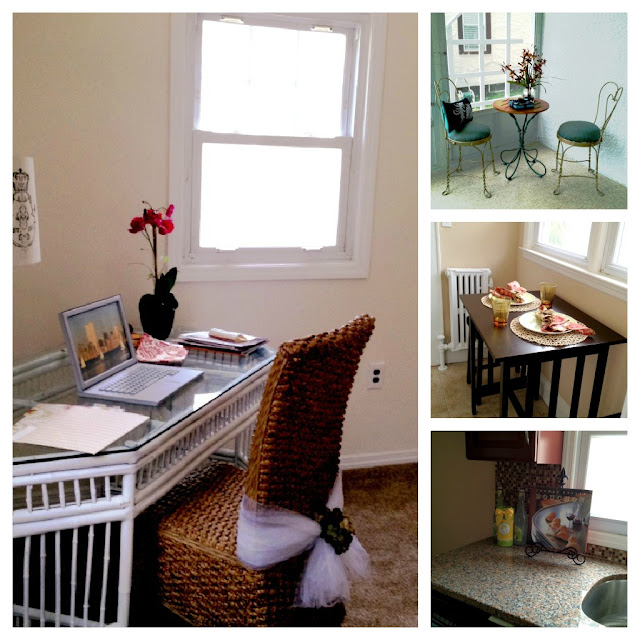
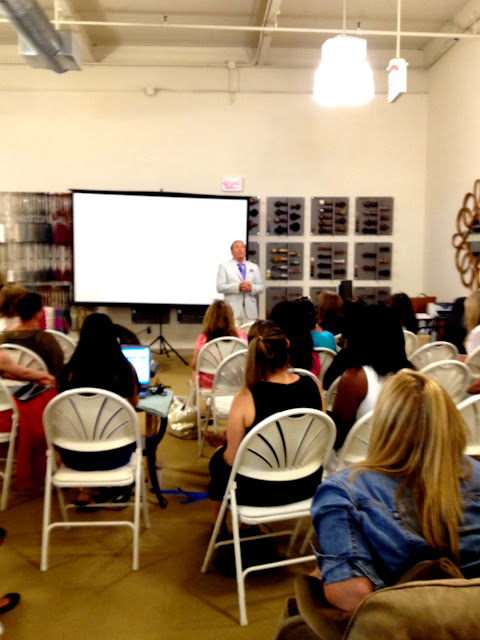

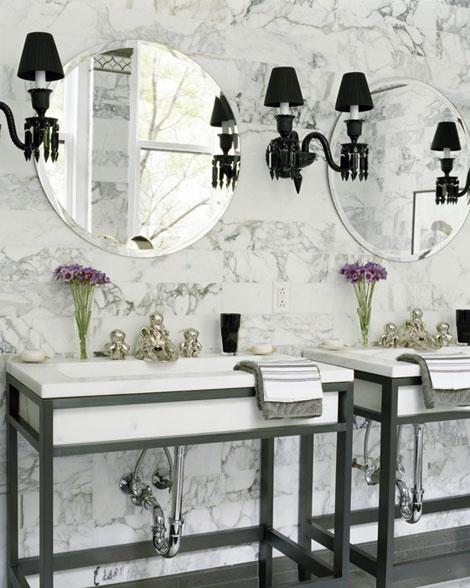





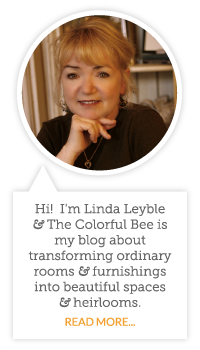







 Decorative Finishes
Decorative Finishes Interior Design
Interior Design Home
Home Garden
Garden Holiday
Holiday Makeovers
Makeovers My Life
My Life Business
Business Tutorials
Tutorials Videos
Videos Paint
Paint